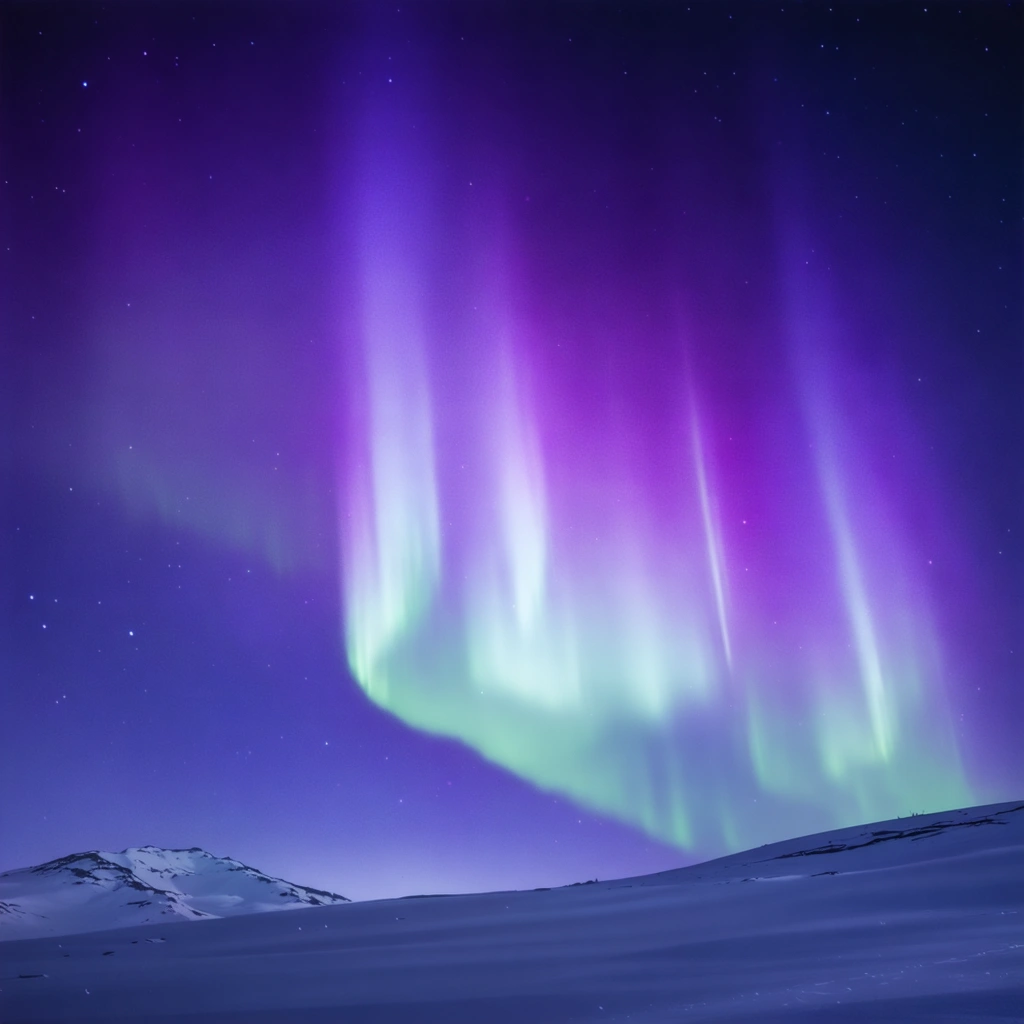
On a crisp autumn evening, social media surged with excitement as the trending “Aurora Borealis Forecast” captured the interest of northern communities. Many residents in states bordering Canada prepared eagerly to witness a luminous dance of natural colors across the night sky. Moreover, communities rallied together, and families planned outings with anticipation as experts predicted vibrant displays. In addition, local enthusiasts organized meetups and shared real-time updates, while local news outlets delivered comprehensive coverage. Consequently, everyone remained attentive to weather updates and scientific reports. Furthermore, citizens celebrated the possibility that nature would provide a breathtaking spectacle, thus forging a unique bond between scientific inquiry and communal celebration.
Scientific Insights into the Aurora Borealis
Scientists explained that solar winds interact vigorously with Earth’s magnetic field, sparking the radiant displays in polar regions. Subsequently, meteorologists utilized advanced telescopes and satellite imagery to trace these solar phenomena. Therefore, researchers confirmed that the aurora appears with greater intensity closer to the magnetic poles. Moreover, forecasts clearly indicated that clear skies and low light interference would benefit regions adjacent to Canada. In addition, investigators argued that atmospheric conditions and seasonal shifts play critical roles in enhancing the display. Consequently, extensive studies of past events further supported the high reliability of the current predictions. Furthermore, detailed analyses and continuous monitoring underscore that modern forecasting techniques significantly elevate spectacle predictions.
Forecast Details and Weather Models
In a dynamic report, experts revealed detailed forecast information using sophisticated weather models. To present the predictions clearly, they provided the following key points: • Northern states will experience the most optimal viewing conditions; • Areas bordering Canada expect early and vibrant sightings; • Urban centers might produce less dynamic displays owing to light pollution; and • Rural spots with minimal interference produce superior clarity. Moreover, meteorologists stressed that fluctuations in solar intensity further intensify the phenomenon. In addition, seasonal variations impact the clarity and brightness of the display. Therefore, planning ahead and staying updated with the latest data remains essential. Consequently, dedicated viewers prepared their cameras and scheduled trips in anticipation of unforgettable nights.
During detailed interviews, seasoned researchers and local pioneers shared firsthand experiences about the elusive aurora. Simultaneously, experts recounted past encounters that enriched community narratives. Additionally, the local community compiled a comprehensive visual guide using a forecast table that outlined regional activity. The table below presents anticipated peak observation times:
| Region | Peak Hour (Local Time) | Clarity Level |
|---|---|---|
| Northern Ontario | 22:00 | High |
| Quebec | 21:30 | Moderate |
| Maine | 23:00 | High |
| Minnesota | 20:45 | Moderate |
After reviewing this detailed information, viewers planned their outings meticulously while experts provided real-time updates. Consequently, families and nature enthusiasts alike prepared their equipment and schedules with great care, ensuring that every detail contributed to a successful observation experience.
Local communities prepared effectively by following organized guidelines designed by seasoned astronomy enthusiasts. For instance, officials recommended essential safety measures and optimal locations for enjoying the aurora. The suggested steps included: 1. Checking updated weather forecasts regularly; 2. Dressing appropriately in warm layers; 3. Arriving early at designated observation spots; and 4. Bringing cameras along with tripods to capture the display. Moreover, local leaders arranged community gatherings that promoted safety protocols and engaging discussions about the spectacle. Consequently, families united to experience nature’s brilliance, share knowledge, and celebrate the magnificent display. In addition, event organizers stressed the vital importance of advanced planning and thorough preparation.
Cultural historians and local storytellers recounted ancient legends that explained the mesmerizing display of lights as messages from the divine. They suggested that indigenous peoples had long regarded the aurora as a sacred sign, inspiring hope and unity across communities. Moreover, modern observers embraced these traditional tales with deep reverence, comparing historical accounts with current scientific insights. Historically, communities celebrated such celestial events in elaborate festivals and rituals. Meanwhile, researchers bridged the gap between folklore and empirical studies through their detailed observations. Consequently, diverse narratives enriched the overall charm of the event, and communities enjoyed a blend of scientific facts and cultural anecdotes.
Throughout this process, weather analysts and community members communicated actively via online platforms and local press. They ensured that updated forecasts graced both digital and traditional media outlets. Moreover, residents exchanged ideas and recommendations prolifically on social media channels, and experts delivered live Q&A sessions to clarify doubts. In addition, surveillance cameras recorded the unfolding spectacle while public reports soared in popularity. Subsequently, regional authorities organized safe public spaces for observers and managed increasing foot traffic competently. Ultimately, this coordinated communication fostered a remarkable unity among citizens, scientists, and media representatives alike.
In creative collaborations, artists and photographers documented the spectacle with remarkable passion and technical expertise. They experimented with innovative techniques, such as drone footage and time-lapse photography, to capture every nuance of the celestial dance. Consequently, galleries and digital platforms showcased these artistic visions widely, and critics lauded the dedication and ingenuity of the projects. Interestingly, several art exhibitions organized special sections dedicated entirely to natural phenomena, especially the aurora. In that regard, cultural institutions embraced both modern technology and timeless creativity, which further united science and art in a captivating celebration.
Local businesses experienced a positive surge as the natural display attracted numerous visitors and tourists. Consequently, regional hotels, restaurants, and travel agencies designed special packages for aurora watchers. Undoubtedly, economic benefits produced a ripple effect across communities by stimulating local trade and cultural exchange. In that context, specialized tour guides provided informative sessions detailing the geological and atmospheric phenomena behind the aurora. Moreover, literary works and documentary films enriched the experience, offering audiences vivid narratives of past sightings. Thus, the aurora forecast not only dazzled the sky but also energized local economies by generating diverse opportunities and reinforcing regional pride.
Finally, the emerging trend of aurora forecasting united communities from various fields, urging everyone to appreciate nature’s splendor. In the end, scientific advancements and cultural pride merged effectively, sparking a shared commitment to celebrating natural wonders. In retrospect, northern states witnessed a captivating event that inspired future generations and enriched local traditions. Consequently, participants remained determined to observe, learn, and share updates about future occurrences. In summary, the aurora forecast provided a dramatic stage for an unforgettable spectacle, reminding everyone of nature’s transformative power as they eagerly awaited the next celestial dance.




